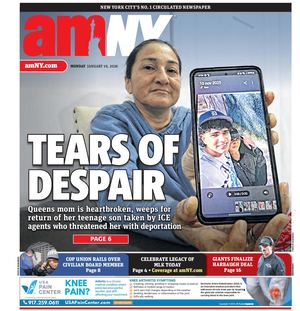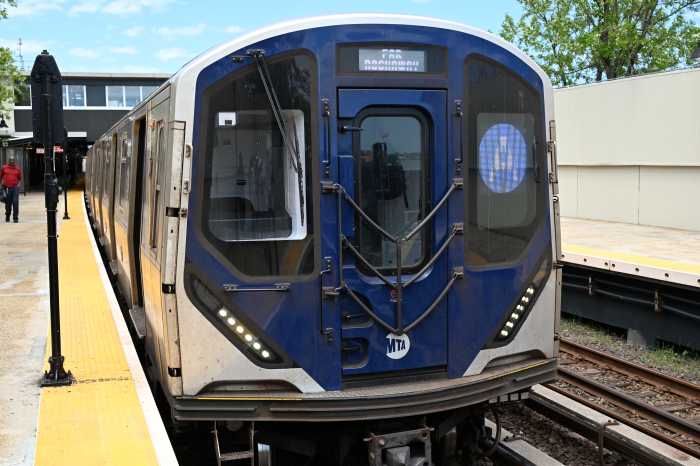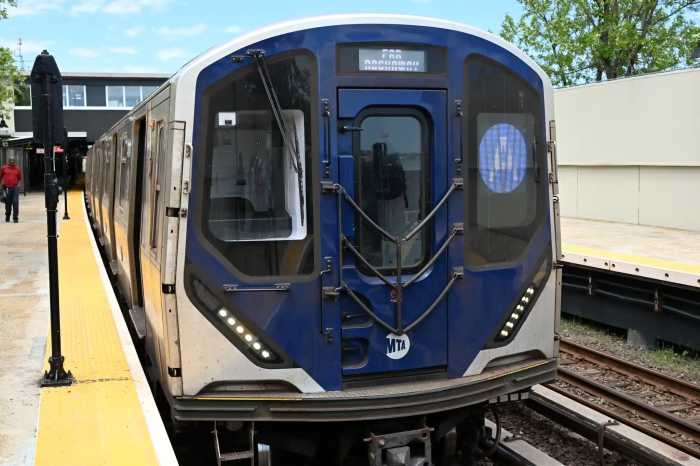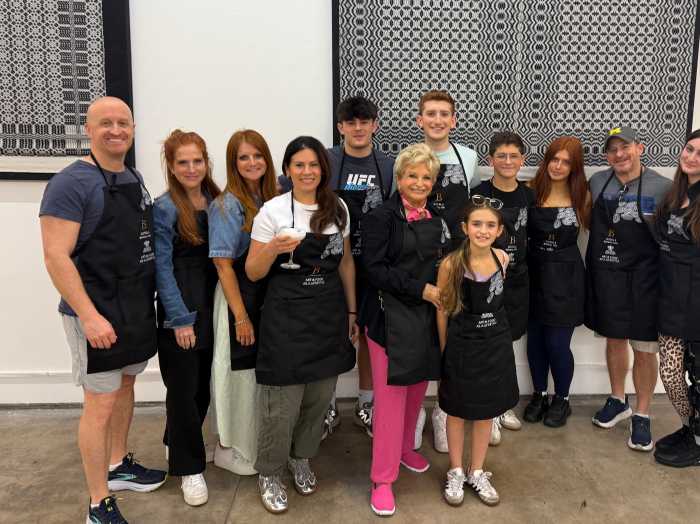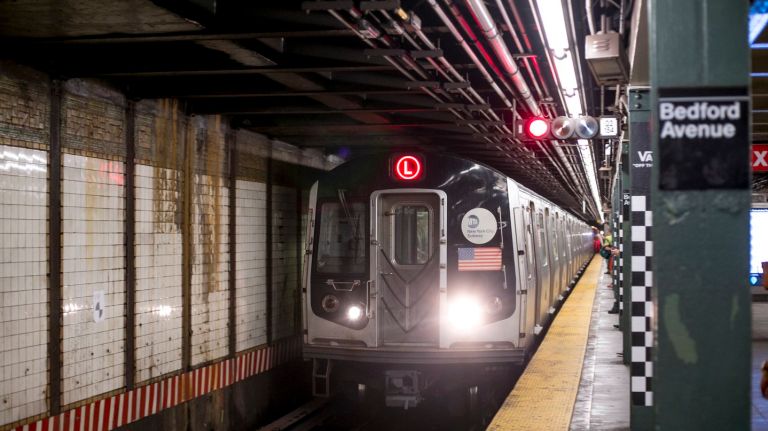
Solving the L train shutdown crisis will take a mix of upgrading current infrastructure and ushering in entirely new options, according to a new report.
As some 225,000 daily riders who take the line’s Canarsie Tunnel under the East River brace for the 2019 outage, New York University’s Rudin Center for Transportation Policy and Management analyzed commuting, jobs, education and economic data to outline an L alternative plan, one of several that institutions and groups have published in the wake of the closure.
This report, like others, calls for tapping the existing network to beef up subway service at nearby trains and stripe dedicated bus lanes. But it also suggests new options: East River gondolas; “scooter share,” a take on San Francisco’s fledgling electric scooter service; and public-private partnerships with e-hail apps like Uber and Lyft.
“Yes, we need to improve subway service for alternative lines and we should have more Select Bus Service,” said Sarah Kaufman, a co-author of the report. “But a major take-away should be that it’s time to start thinking outside of the box and it’s an opportunity for the city and MTA to partner on some brand-new ideas.”
The report, published this week, highlights that there’s a high concentration of college-educated residents along the line in North Williamsburg and Greenpoint, which “affects a potentially disproportionate influence of these neighborhoods on the political process.” The L train goes beyond the Myrtle-Wycoff Avenues station, and so “the concerns of residents in less influential neighborhoods, such as Brownsville and East New York, should be considered equally.”
But Kaufman points out that there are greater subway alternatives—the A, C, J, Z, M, and 3 trains—available to those farther east on the line. For the round-the-clock cycle of workers and late-night revelers in Williamsburg, there’s no subway redundancy.
Though there are 1,000 restaurants, including five with Michelin stars, along the L line, with the greatest density around Bedford Avenue. Bushwick and Williamsburg have more liquor licenses per square mile than any other neighborhood in the outer boroughs, according to the report.
Making sure riders can get to those businesses at all hours will be challenging, but Kaufman believes that’s where idea of ride-sharing partnerships could flourish.
“The off-hours nature of Williamsburg and Bushwick present an opportunity take advantage of things like ride-sharing,” she said. “During rush hour, added congestion could overwhelm the road network, but on weekends, it’s more appropriate.”
The MTA is currently in the process of working with the city and other stakeholders to solidify its mitigation plans.
“The MTA is committed to open partnership and community engagement as we develop alternative service plans to minimize impacts on L train riders and surrounding businesses during the closure,” MTA spokeswoman Beth DeFalco said in a statement. “We still have 2.5 years before the closure and many solutions will involve our partners at City, State and Federal agencies.”
